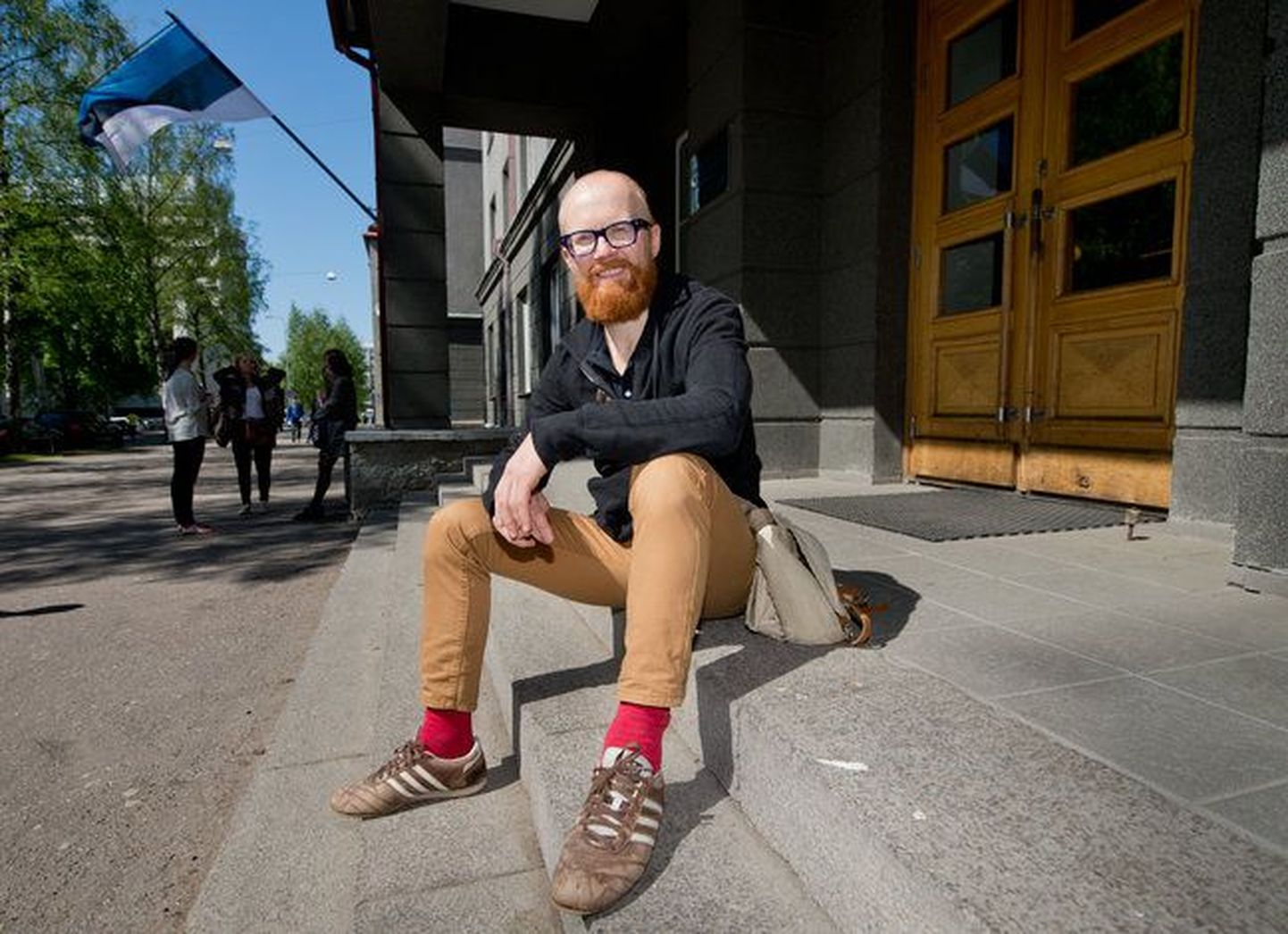These €3m will be put in by these very members.
-But they cannot put it in before the fund exists?
No. Three million must be put in before.
-Where will the money come from?
By additional contribution by the members.
-So I put in €100 and afterwards, at a certain moment, I put in €900 more?
No. At a certain moment you put in extra €1,000. The €100 will cover costs, establishing the fund. The €1,000 will go to the fund as investment, just like your pension assets, as the fund manager does not need that for anything else.
With the €100, all will get done. €1,000 is the capital required by Financial Supervision Authority. This is the minimum capital that a fund manager must always have at hand. Hopefully, the €1,000 will earn the same profit as the pension fund, and as the member of association exits, he will take that with him.
-I understand you are only planning to create the most aggressive pension fund where up to 75 percent will be made up of shares, but the law requires to also create a bonds fund.
-You will also invest in index funds?
Yes. The world’s biggest index funds like Vanguard or BlackRock (world’s biggest asset managers amounting to trillions of dollars of assets – edit), as any other contractual fund. Investors enter their money and the fund invests proportionally into shares under the index.

